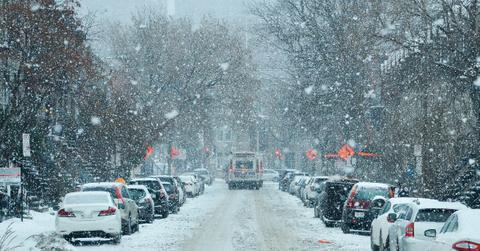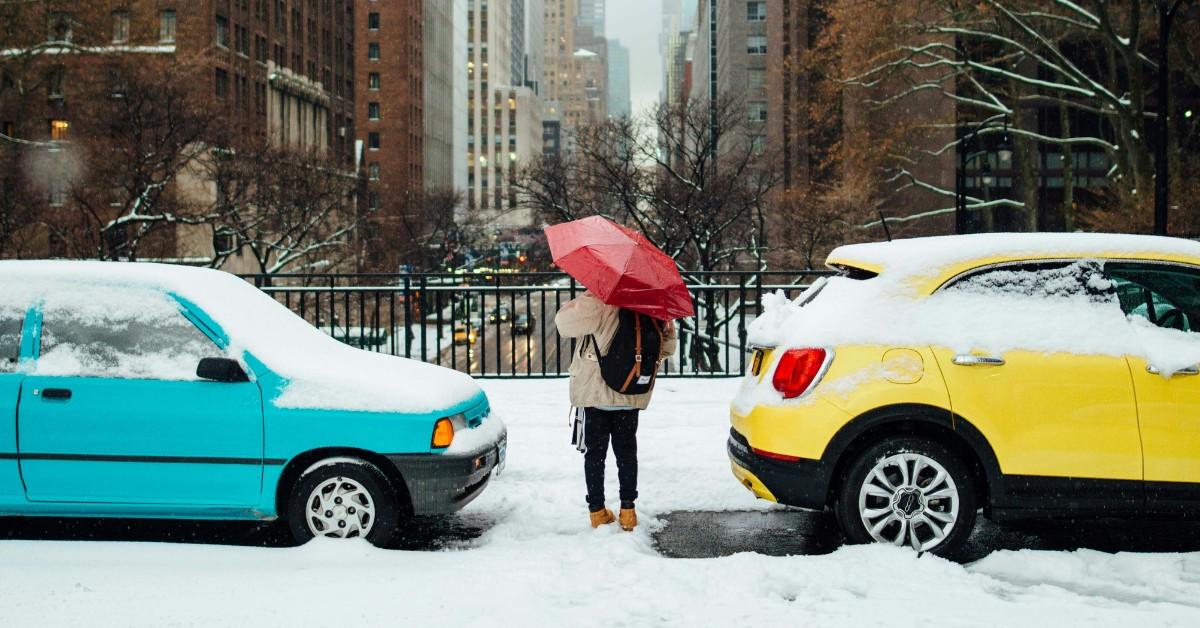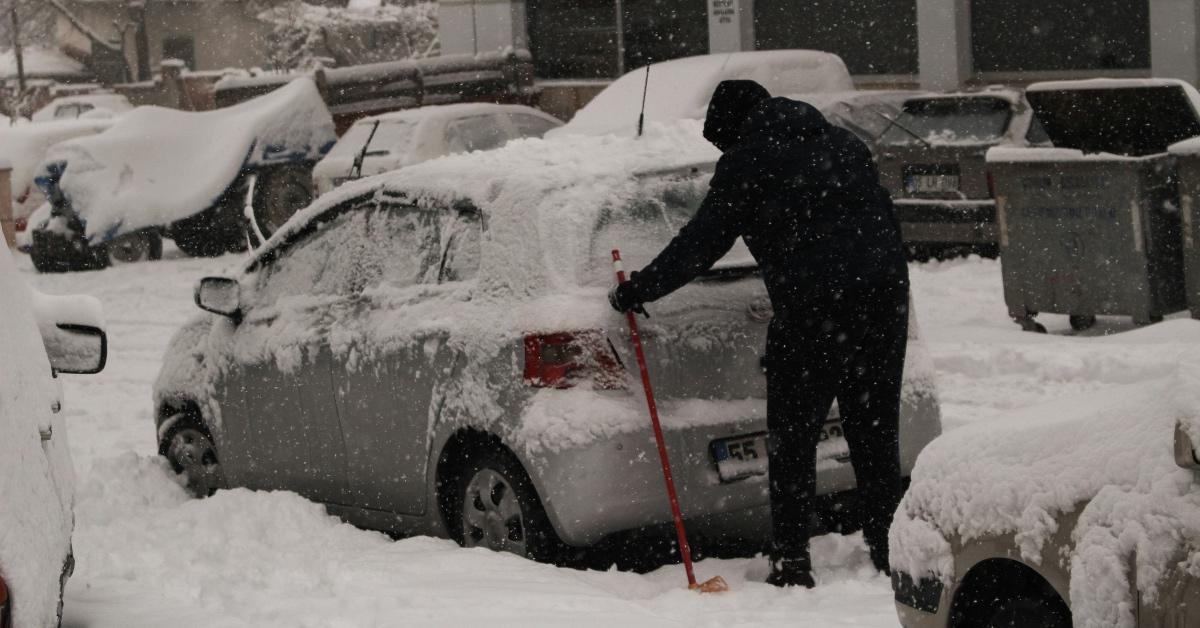Experts Are Predicting 2025 Will Kick off With a Polar Vortex
Some areas will see record low temperatures while others will be slammed with snow.
Published Dec. 31 2024, 12:37 p.m. ET

People across the U.S. will likely start the new year with record-low temperatures thanks to a polar vortex predicted to blow into the country by the middle of January. The cold air mass will bring plenty of winter weather along with it, with some areas experiencing blustery cold winds while others see sizable amounts of snowfall.
When (and where) the 2025 polar vortex is expected to arrive, well, that remains a bit up in the air as forecasters work to firm up a timeline for when impacted regions can expect to see the temperatures drop.
Continue reading to learn more about how the polar vortex could affect you in the new year, including why the country is expected to get such a massive blast of Arctic air.

A polar vortex is said to hit the U.S. in 2025.
A cold air mass that formed over northern Canada is expected to move southwards towards the U.S. at the start of 2025, according to Axios. The weather system seems poised to make areas in the country — including the Northeast, Mid-Atlantic, and Southeast — unbearably cold, with overnight lows dropping into the negatives in the hardest-hit areas.
Experts estimate that the polar vortex will move into New England as a wintery mix immediately after New Year's, whipping up some possibly significant storms along the East Coast beginning as early as Jan. 6, 2025.
The Southeast won't remain immune from this cold snap, and they're likely to get hit hardest by cooler temperatures, with experts predicting temperatures below the freezing mark in areas as far down as the Gulf Coast.
What is an Arctic blast?
An Arctic blast happens when extremely cold air moves down from the Arctic, causing temperatures to drop rapidly. According to the Associated Press, that's because the cold air in the atmosphere over the region gets caught in a jet stream, which moves it down toward the U.S.
This process then moves the warmer air rapidly through the jet stream ahead of it, creating the perfect situation for serious weather to develop rapidly.
These weather patterns are known for causing quick drops in temperature and increased snowfall when the conditions are right, both of which can linger in a region until the Artic air moves further down the jet stream and leaves.

Climate change can make winters both colder and hotter.
Unfortunately, some of the effects of climate change include more intense weather patterns, which can amount to both hotter and colder weather.
The Weather Channel notes that December 2023 through February 2024 was the U.S.'s warmest winter in 129 years. The organization blames climate change — along with a lack of weather patterns that blocked cold air as well as a strong El Niño — for this change.
As for whether or not the polar vortex will be enough to create a cooler winter for the 2024/2025 season remains to be seen, but for now it's clear that climate change is impacting our weather in a lot of ways, including by making our winters warmer and colder as well.